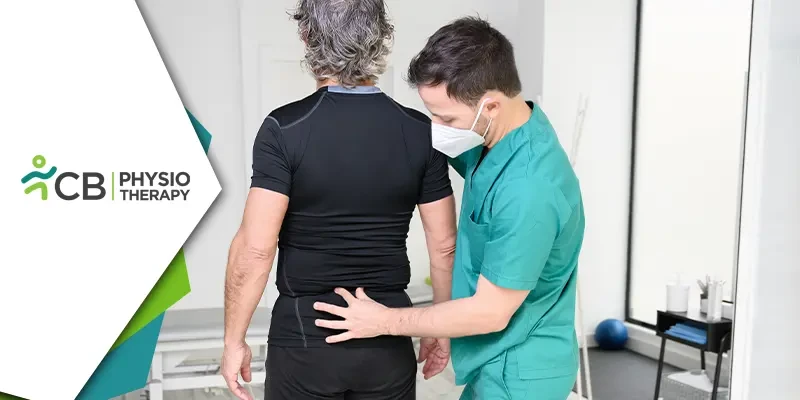Ligamentum Flavum Hypertrophy might sound like a mouthful, but for those experiencing its effects, it's much more than just a medical term—it's a source of discomfort, back pain, and limited mobility. This condition, characterized by the thickening of the ligamentum flavum in the spinal canal, can significantly impact one's quality of life. However, amidst the challenges it presents, there lies hope in the form of Physiotherapy—a multifaceted approach that offers relief and restoration. Let's delve into the intricacies of ligamentum flavum hypertrophy and explore the pivotal role physiotherapy plays in managing this condition.
What is Ligamentum Flavum Hypertrophy?
Before delving into the specifics, let's unravel the anatomy behind ligamentum flavum hypertrophy. The ligamentum flavum, situated within the spinal column, serves as a crucial stabilizer. Composed of elastic fibers, it connects adjacent vertebrae while allowing flexibility and resilience. However, various factors such as aging, repetitive stress, or spinal degeneration can trigger hypertrophy—a process where the ligament thickens and compresses the spinal canal.As this thickening progresses, it narrows the spinal canal, leading to spinal stenosis—a condition characterized by the compression of the spinal cord or nerve roots. Consequently, individuals may experience symptoms ranging from localized back pain and stiffness to radiating pain, numbness, and weakness in the limbs. The severity of symptoms can vary, with some experiencing mild discomfort while others endure debilitating pain and functional limitations.
Understanding the "Yellow Ligament"
Imagine a series of stacked building blocks representing your spine. Nestled between these blocks, connecting them at the back lies the ligamentum flavum. This ligament, aptly named for its yellowish hue, is composed of elastic fibers and collagen, acting as a vital stabilizer for your spine. It restricts excessive forward bending and supports the spinal column during various movements.
Role of Physiotherapy in Managing Ligamentum Flavum Hypertrophy
Physiotherapy emerges as a beacon of hope for individuals grappling with the challenges posed by ligamentum flavum hypertrophy. Unlike invasive interventions, physiotherapy adopts a holistic approach, addressing not just the symptoms but also the underlying causes and functional deficits. Here's how physiotherapy plays a pivotal role in managing this condition:1: Pain Management:
Pain often serves as a primary concern for individuals with ligamentum flavum hypertrophy. Physiotherapists employ various modalities such as heat therapy, cold therapy, therapeutic ultrasound, or electrical stimulation to alleviate pain and discomfort. Additionally, manual therapy techniques like soft tissue mobilization and joint manipulation target specific areas of tension, promoting relaxation and pain relief.
2: Strengthening and Stability:
Weakness and instability in the surrounding musculature can exacerbate the effects of ligamentum flavum hypertrophy. Physiotherapy emphasizes targeted exercises to strengthen the core muscles, including the abdominal, back, and pelvic muscles. By enhancing stability and supporting the spinal column, these exercises mitigate stress on the ligaments and promote proper alignment, reducing the risk of further complications.
3: Flexibility and Range of Motion:
Restricted mobility is a common consequence of ligamentum flavum hypertrophy. Physiotherapists employ stretching exercises and manual techniques to improve flexibility and restore range of motion in the spine and surrounding joints. These interventions aim to counteract the stiffness and rigidity associated with hypertrophy, enabling individuals to perform daily activities with greater ease and comfort.
4: Posture Correction:
Poor posture exacerbates spinal compression and contributes to discomfort and dysfunction. Physiotherapy emphasizes postural awareness and correction techniques to alleviate strain on the spine and optimize alignment. Through targeted exercises and ergonomic modifications, individuals learn to maintain proper posture during various activities, reducing the burden on the ligaments and promoting spinal health.
In conclusion, ligamentum flavum hypertrophy presents significant challenges, but with the right approach, relief and restoration are attainable. Physiotherapy stands as a cornerstone in the management of this condition, offering a comprehensive array of interventions to alleviate pain, improve function, and enhance quality of life. By embracing a holistic approach that addresses the multifaceted aspects of ligamentum flavum hypertrophy, individuals can embark on a journey toward recovery and reclaim control over their health and well-being.

